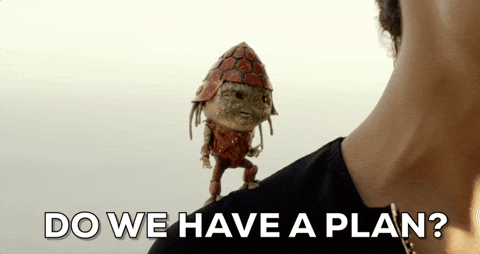A few weeks ago an organisation shared a job description with me they wanted me to review and provide feedback on. I know some of you may be wondering why a communication specialist is dabbling in human resources, well aside from now evolving into organisational strategy, the position was actually relevant to training I had conducted on hiring to suit your organisational model.
I reviewed the job description with exasperation which eventually evolved into a very loud rant. The organisation was seeking two distinct roles but because they were thinking about their budgets they thought it best to fuse two distinct roles. A very diminished form of thinking.
The two roles were IT support and human resources. In no world can one person deliver on those two roles. IT has its varied complexities in organisations as does human resources. It is completely unfair and impractical to ask one person to do these two roles.
Why unfair, because you are asking too much from one person to juggle two roles at the price of one. That’s just hardcore abuse. And impractical, because the volume of work is so extensive knowing the organisation, you are literally setting up the person for failure.
What started off by saddening me and now is a point of genuine disappointment in African organisations that I see is the general lack of foresight. I understand that it is essential to be practical about budgets and expenditure, especially in these weird COVID times. But there’s a general averseness I see of organisations wanting to push themselves beyond their realities.
And when I say organisations, I mean the people who run them. For the past two weeks as part of my organisational training, I took organisations through a vision casting process and 20-year goal setting. I see the genuine struggle. Most organisations are founded with a certain drive to fill a need in a community, but very quickly that is lost to the fight for survival.

START WITH WHY ( SHOUT OUT TO SIMON SINEK)
That is a normal occurrence but it is essential for executive leadership to steer people back to WHY the organisation exists. Because if we have no idea WHY we are here as an organisation, we have no real motivation to do what we do and to keep at it. Staff quickly slip into the “I am just here for the paycheck” attitude barely pulling their weight.
VISUALISE YOUR FUTURE
When you are extremely clear on WHY you exist it is much easier to focus on what kind of impact you intend to make through your work. This normally means visualising your existing model and expanding its operations across regions or continents and innovating to adapt to market changes. Because visions aren’t just wishful thinking; they are Goliaths to be conquered. A vision is NOT making money – money is an organic outcome of this. It’s defining very clearly and in a simple thought why you do what you do.
20 years is just a generation, it may seem far. But when you have a huge dream with a good business model, you start to quickly realise what you can quickly achieve over a 5-year breakdown of that 20 years. It’s about the tiny steps to achieve those big goals.
But like I pointed out – this is a trinity of vision, a good business model and a 20-year road map. And that affects the people you hire.
Last week I mentioned my life phrase, “The machine determines its driver” and I meant it. If you don’t know your machine ( no organisational vision, no clear business model and no roadmap) you will hire any driver who will lead you anywhere. And that’s not just at the organisational helm. That also affects departmental and junior level hires. Because your machine is a Frankenstein you can’t recognise, you will pick anyone with the semblance of the capability to do anything.
I cannot say this enough. VISION IS EVERYTHING. If you have no vision as an organisation, as for humans, you will end up miserable, mediocre and eyeing the grave sooner than you should.


Leave a Reply